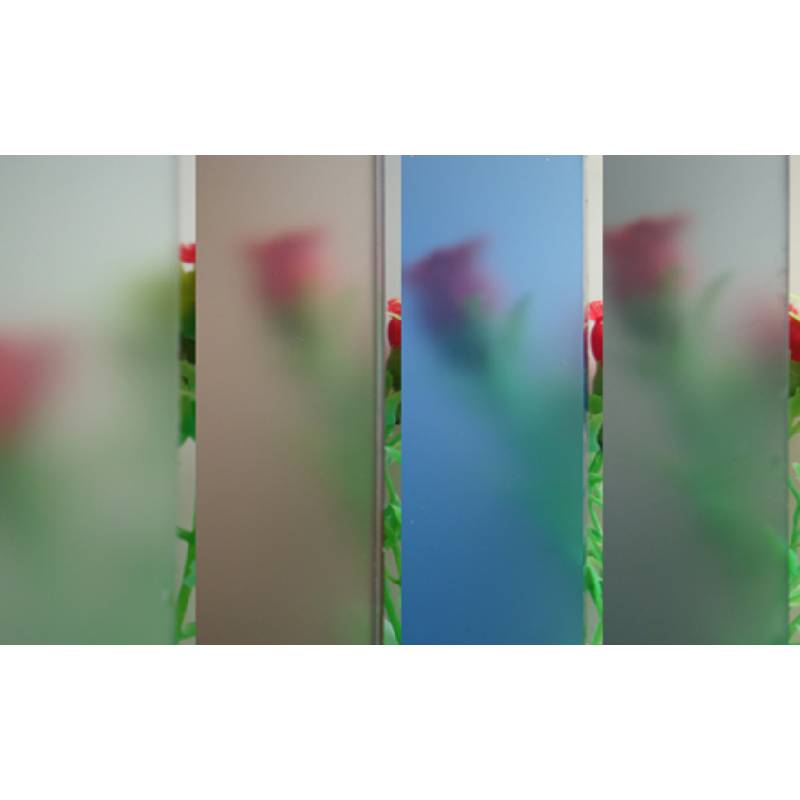

The Versatility of Transparent Reflective Glass
Transparent reflective glass is a fascinating and versatile material that has gained popularity in both architectural and design sectors. Combining the properties of transparency and reflectiveness, this type of glass serves multiple functions, making it an ideal choice for various applications.
One of the primary characteristics of transparent reflective glass is its ability to reflect light while allowing visibility through it. This unique feature provides a dual benefit it enhances privacy without compromising natural light. For instance, buildings often utilize this glass in their facades, ensuring that interiors remain illuminated during the day while minimizing the visibility from the outside. This makes it a preferred option for offices and residential spaces where occupant privacy is a concern.
In addition to its practical benefits, transparent reflective glass significantly contributes to energy efficiency. By reflecting solar radiation, it helps maintain a comfortable indoor temperature, reducing the need for air conditioning and subsequently lowering energy costs. This eco-friendly aspect is particularly appealing in today’s environment-conscious society, where sustainable building practices are increasingly prioritized.

Moreover, the aesthetic appeal of transparent reflective glass cannot be overlooked. It provides a modern, sleek appearance and can enhance the overall visual design of a building. Architects and designers often choose this type of glass for its ability to create stunning reflections of the surrounding environment, allowing structures to blend harmoniously with their surroundings while adding a contemporary touch. This reflective quality can transform mundane facades into dynamic artworks, capturing the essence of the environment throughout different times of the day.
Additionally, transparent reflective glass is used in various products beyond architecture. It finds application in automotive industries, where it helps reduce glare while maintaining driver visibility and comfort. In the world of interior design, it can be used in furniture, mirrors, and decorative installations, offering a unique play of light and space.
In conclusion, transparent reflective glass is a remarkable material that marries functionality with aesthetic appeal. Its applications in architecture, energy efficiency, and design are a testament to its versatility and innovation. As sustainability becomes an integral part of our lives, the demand for such materials will continue to rise, further solidifying their place in the future of design.